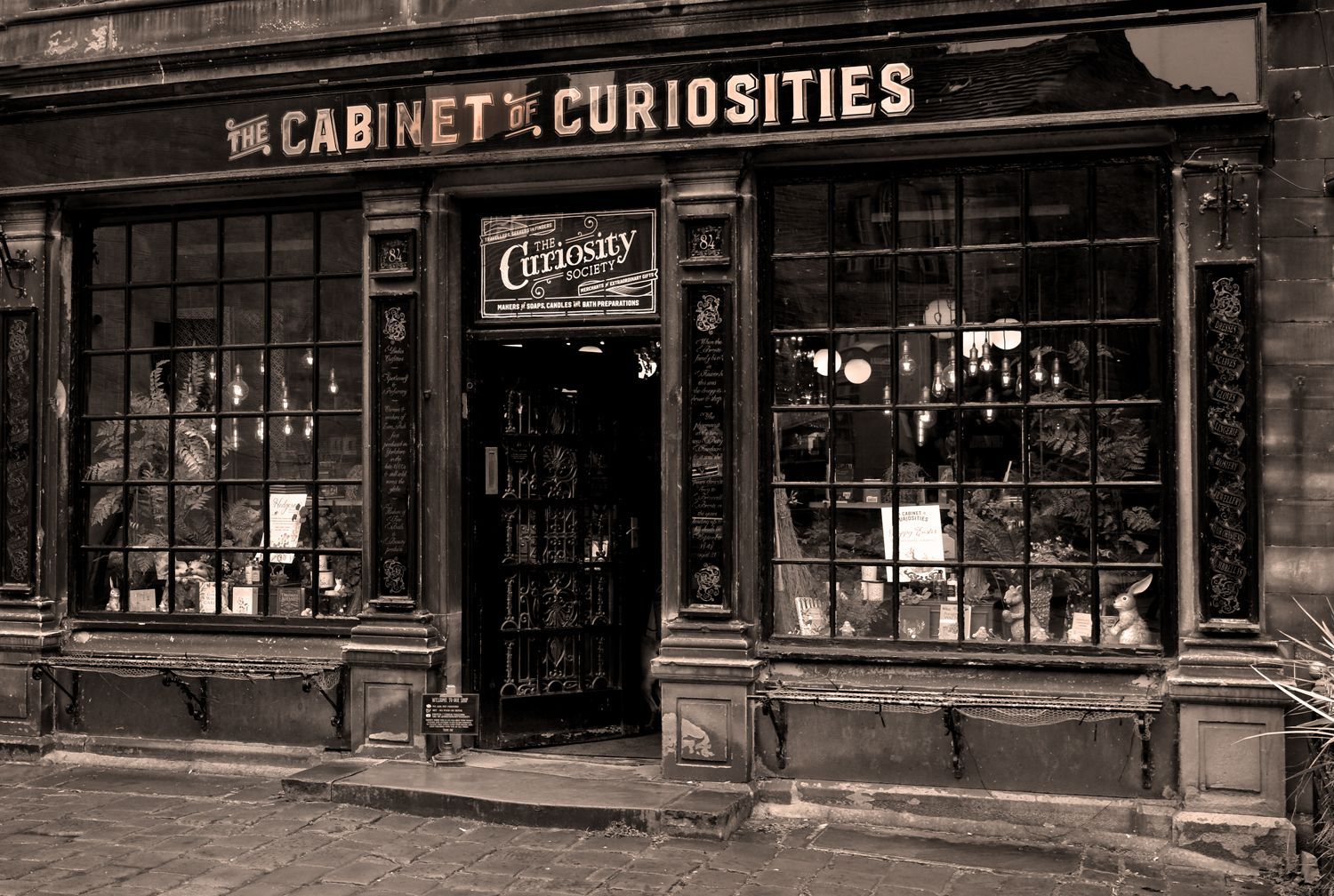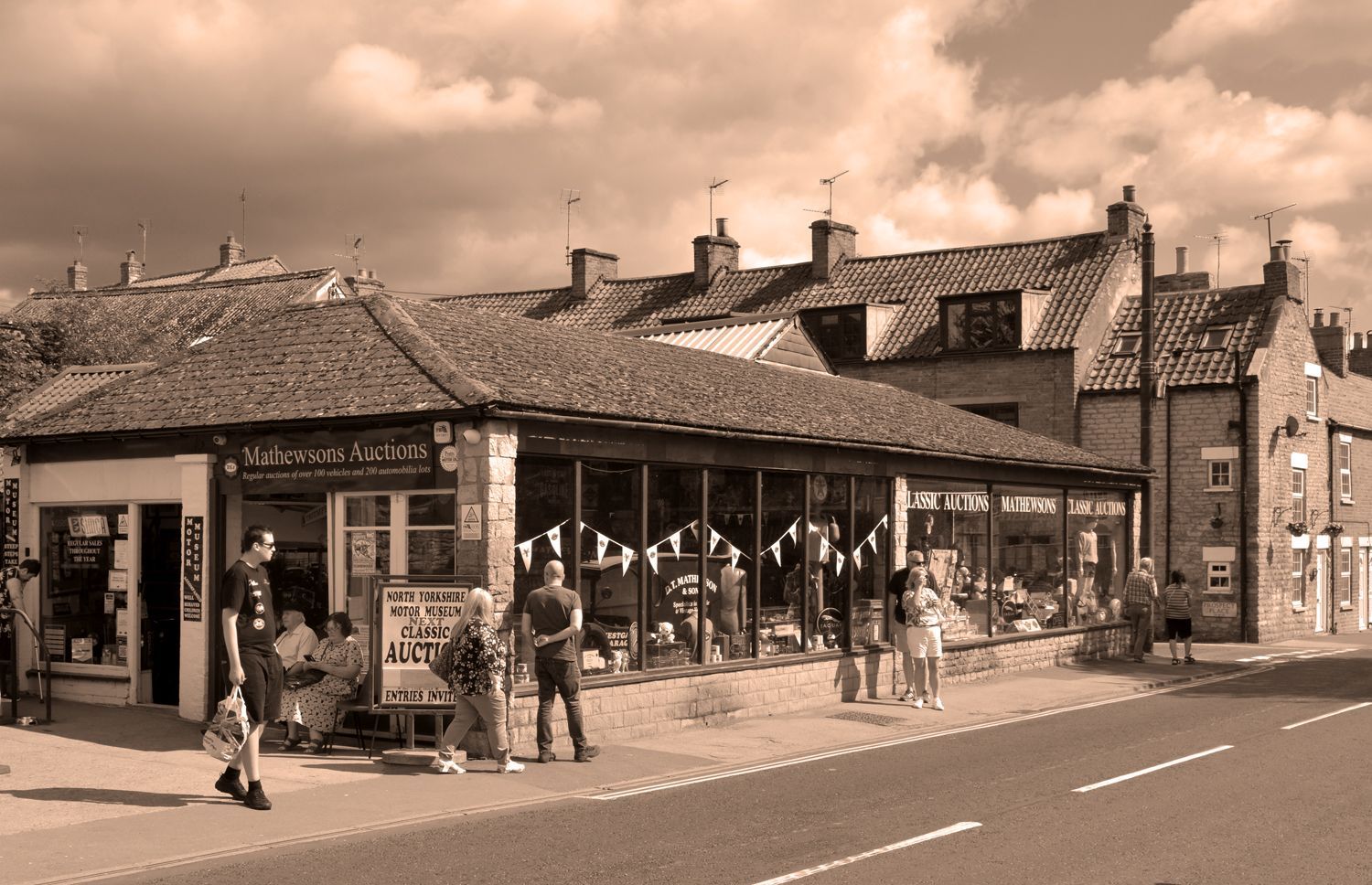Newsletter - 15th October 2023
Graham Harrison • 15 October 2023
Hi All
Last week our speaker John Whaler entertained by showing us photographs he had taken over the last eighteen months. John had taken them on his iPhone and had used two treatments to convert them to black and white, one made them look quite old and the other quite a narrow aperture. There is a blog on our website. The effects were very effective and made for an excellent evening. I was inspired to try a few mono images for the newsletter this week, it can certainly age and take out colours that attract the eye on certain images that where taken this year.
Today, the LPA Battle final is being held at Nettleham commencing at 1pm, I hope to see a few members there.
Next week, Wednesday 18th October at the club we our holding a presentation of N&EMPF exhibition prints on DVD, you watched the PDI’s the other week, I watched it at home this week and have the DVD if anyone wants to borrow it.
Don’t forget to bring your prints for next weeks competition this week and hand them to Dave Turner, please email your competition entry titles to Dave by midnight next Sunday.
We also need PDI’s for the LPA inter club PDI competition, please send up to three of your best PDI’s to Harry Kerman by midnight Wednesday as the closing date is the 23rd October. They cannot have been in the LPA battles or other competitions before apart from the Fosters challenge. The maximum size of the PDI’s is 1920 x 1080, with a maximum of two per member permitted in the competition.
Regards Graham
Louth Photographic Society

Good Morning, All, We had a very good last meeting before Christmas, thank you to my partner Jane for her hard work preparing the buffet, also thank you to Tony for preparing the quiz, there were some very good questions with Robin and Heather coming out on top with a fantastic 48 points. Thank you to Harry as well for running the raffle and to everyone who donated a prize. We now start our Christmas break but if you get bored there are things that you could be doing. The first meeting back on 14th January will be a PDI competition, with the categories of "Insects" and "Open", you can start sending entries to Harry now, remember three insect entries and three open entries with an (R) after one entry which will be removed if there are too many entries, but you may use it some other time. Derek sent information regarding the individual LPA PDI competition, it would be good if a few members entered. They do like you to go along on the day of the competition as well if you enter or just go along anyway if you didn't. The Print Of The Year (POTY) competition is held in February, so it would be a good time to look through your prints and sort some out ready. For newer members it may seem a funny time of year but our camera club year runs from the beginning of May to the end of April, all rules are under competitions on our website but the main one is that your entry hasn't been in a print of the year competition before, there are six subjects plus best mono in competition, this can be from any of the subjects. The subjects are Landscape, Pictorial, Nature, Photojournalism / Street, Record and Portrait. Regards Graham

The buffet and quiz evening was one of the highlights of our calendar, it's the culmination of the year's events before the Society takes a Christmas break. The buffet was excellently prepared by Jane, who is Graham's partner, with plenty of delicious food, pork pies, sandwiches, plum bread, with cheese, quiche, mince pies, and cake. Tony Gaskins produced an esoteric quiz, and Robin and Heather scored the most points with 48 points, I scored a miserable 17 points, but we all had a lot of fun with the answers. The raffle raised £47, with some members collecting more prizes than others, amid lots of laughter and banter. Overall it was an excellent evening, enjoyed by all. A big thank you to Jane for the buffet, Tony for the quiz, and Harry for organising the raffle. Wishing all our members, and readers a merry Christmas.
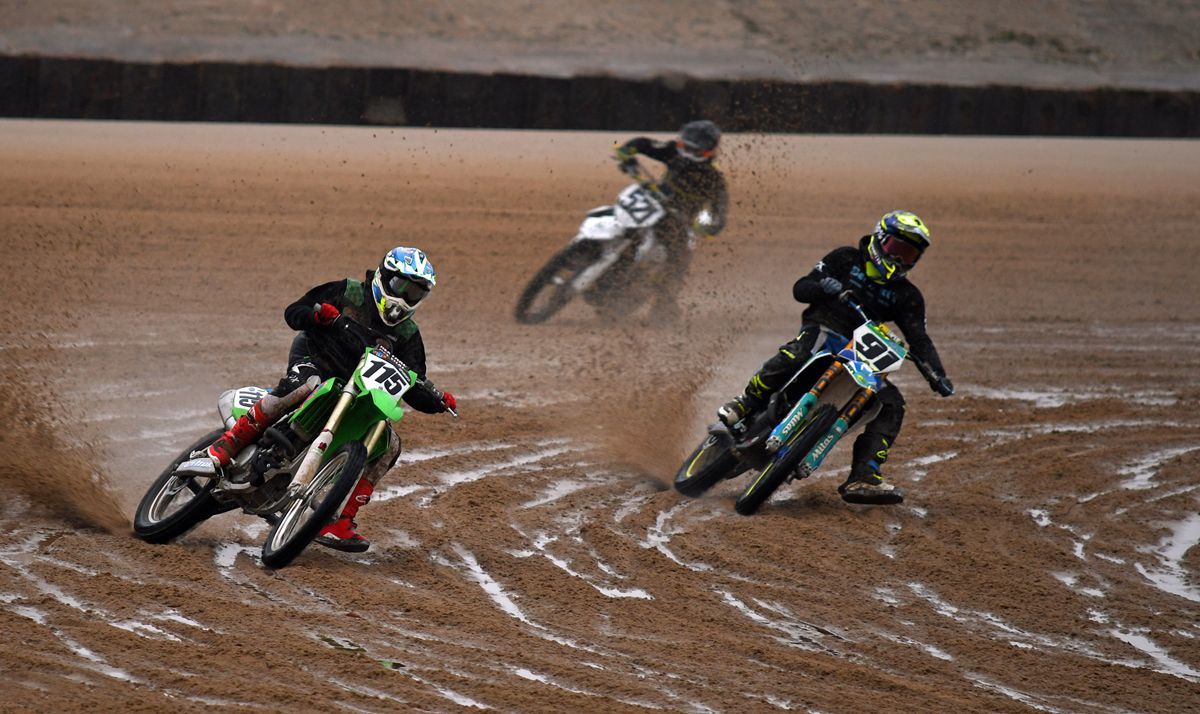
Good Morning, All We did go to the sand racing again last week, the weather was a bit overcast but as no sky is required for this kind of photography, so good action shots are still possible. Last week at the club we held our monthly competition, of prints, with the categories of "People" and "Open". There was a very good entry with some excellent prints. David Whitehouse came first in the People section with Dave Turner winning the Open section. All the results are on our website under competitions with a blog on the evening as well. This week our Christmas buffet and quiz night will be held. The buffet will be provided for you but feel free to bring a drink along with you (a beer or glass of wine if you wish). Dave Mann will also be providing tea and coffee. Tony is doing a quiz for us all so bring a pen and paper if you remember, Christmas jumpers are optional. Harry will be selling raffle tickets, and if you would like to provide a prize please bring it along and give it to Harry. Regards Graham
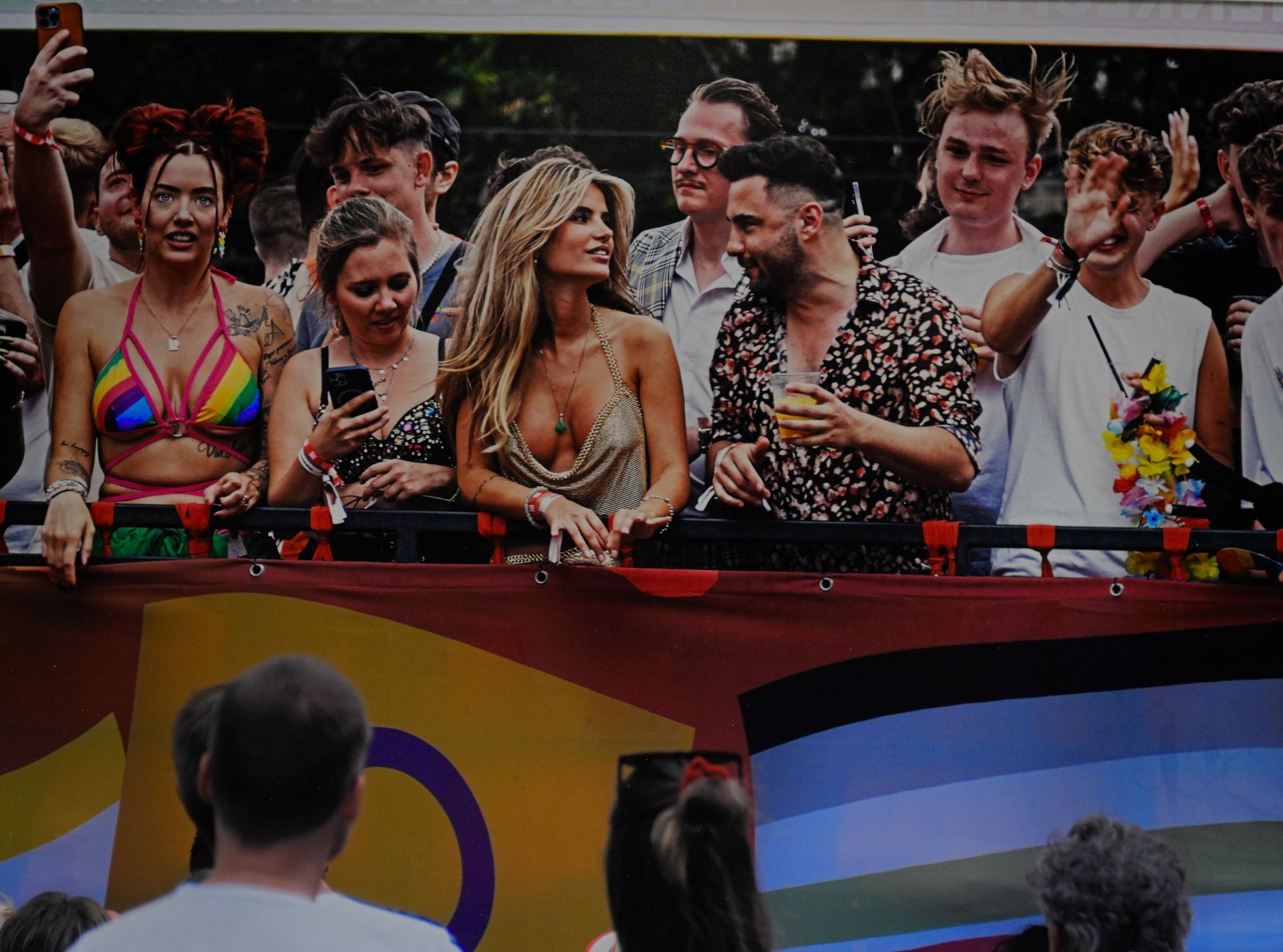
A print competition was held last night with the categories of “People”, and “Open”. The judge for the evening was Dane Butler, this was his second time judging with us, and he is showing much more confidence in judging at photographic clubs. In the “People” category there was a wide variety of inventive images of people, from solo portrait style, to street, and groups of people, the highest placed print in this category was the “Pride Celebration (Cologne)” taken by David Whitehouse. In the “Open” category Dane had to judge wildlife, portraits, landscape, macro, and architectural prints, I thought he did a superb job, his choice for the top spot was “Cloud Inversion Summit of Snowdon” by Dave Turner. The website Competition page has been updated with the images, and results.
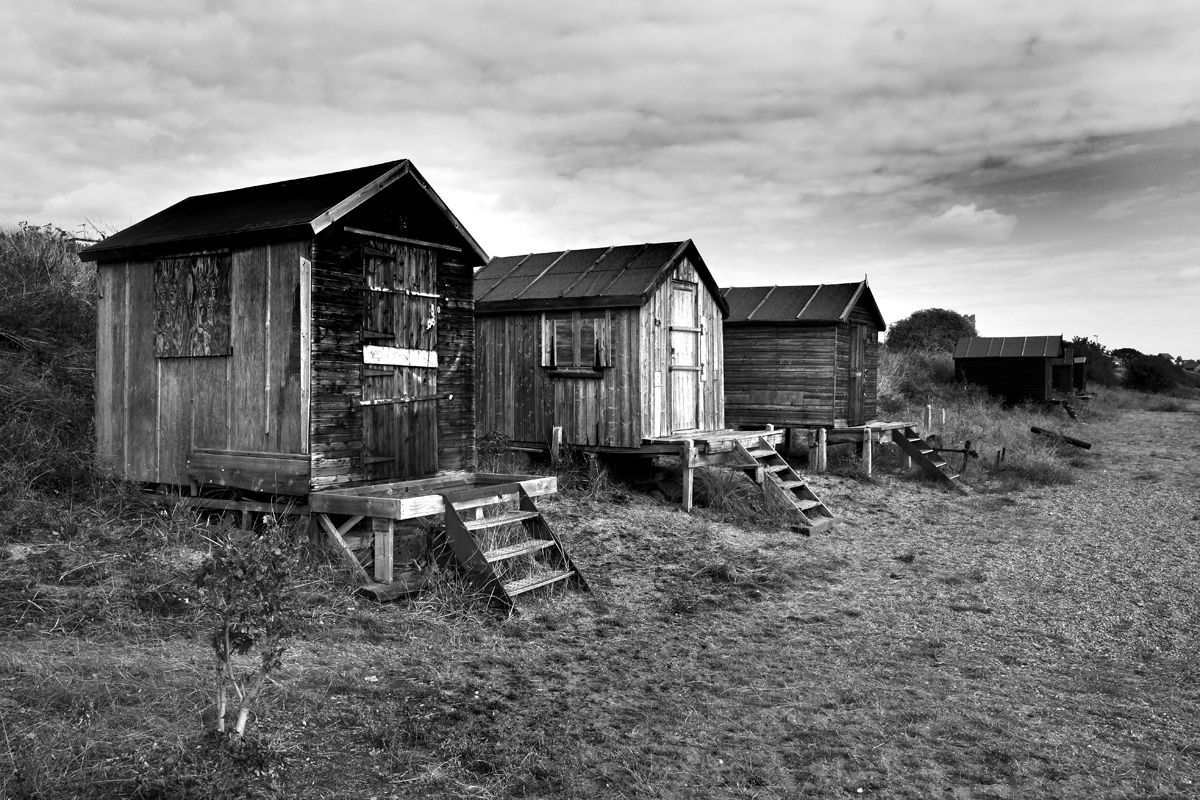
Good Morning All Last week at the club we viewed the Lincolnshire photographic Associations mono group presentation, Dave Turner who goes to the group talked us through the evening with Chris Birchmore and Richard Hildred talking about their photographs. There is a blog on the evening on our website, but inspired by the evening I thought I had better try a few mono photographs myself. This week, Wednesday 10th December, we will hold our monthly print competition, with the categories of "People" and "Open", to be judged by Dane Butler from Dunholme. There are good number of entries so should be a very good competition. The following week, Wednesday 17th December, is our buffet and quiz night, for new members the buffet will be supplied and anyone who would like to donate a raffle prize please give it to Harry. The evening is for members only. Regards Graham
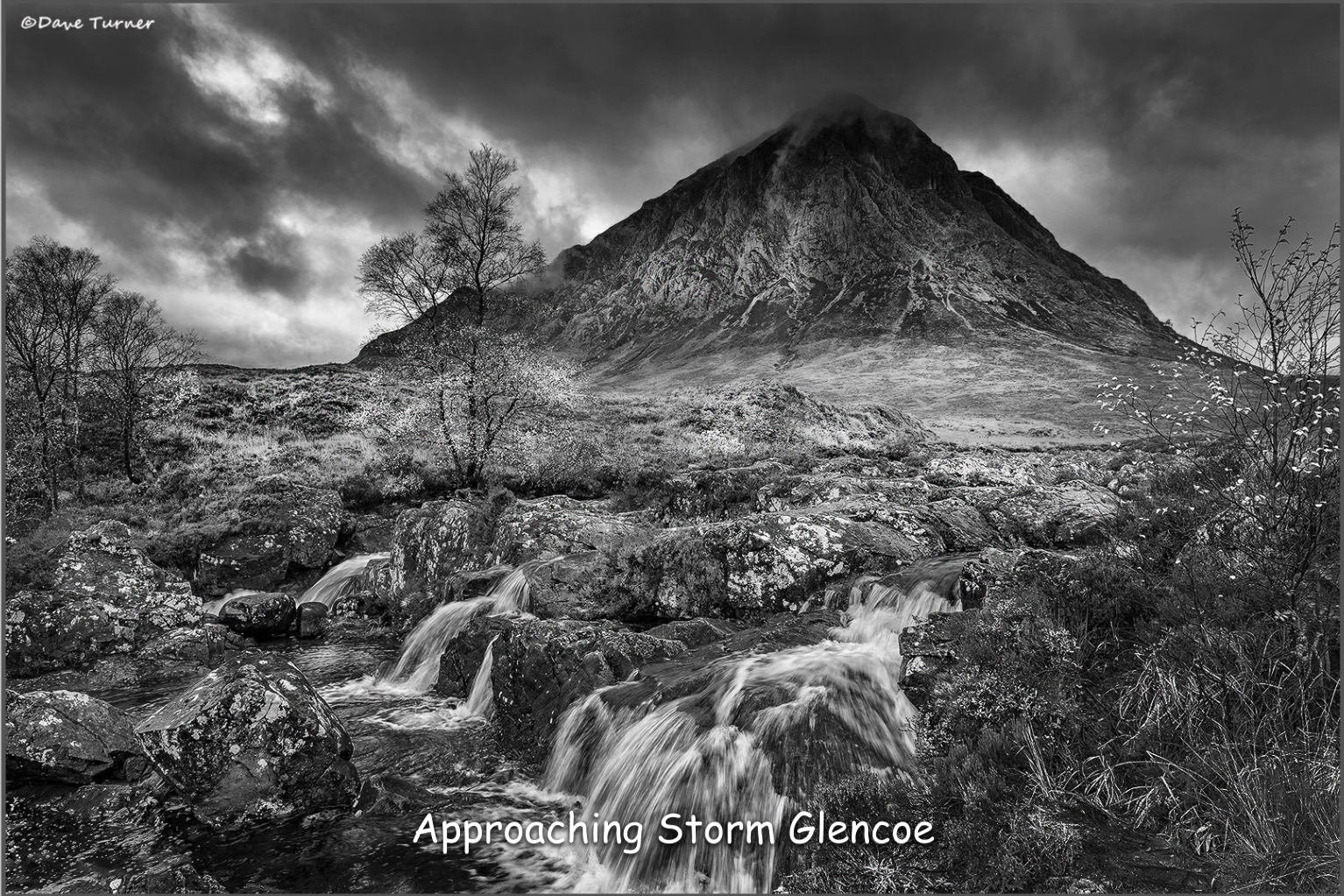
Last night members were treated to a showing of the LPA (Lincolnshire Photographic Association) Mono Group presentation. Three of our members, Dave Turner, Richard Hildred, and Chris Birchmore are members of the LPA Mono Group. Dave Turner excellently presented this showcase of the Mono Groups work, many of the images presented were stunning, and inspirational. A simple photo of a padlock on a gate took on a different dimension when presented in monochrome, and landscape photography becomes dramatic in monochrome, especially with a moody sky. It was a very interesting, and well attended evening. Thank you to Dave Turner for presenting, and Dave Mann for the refreshments.
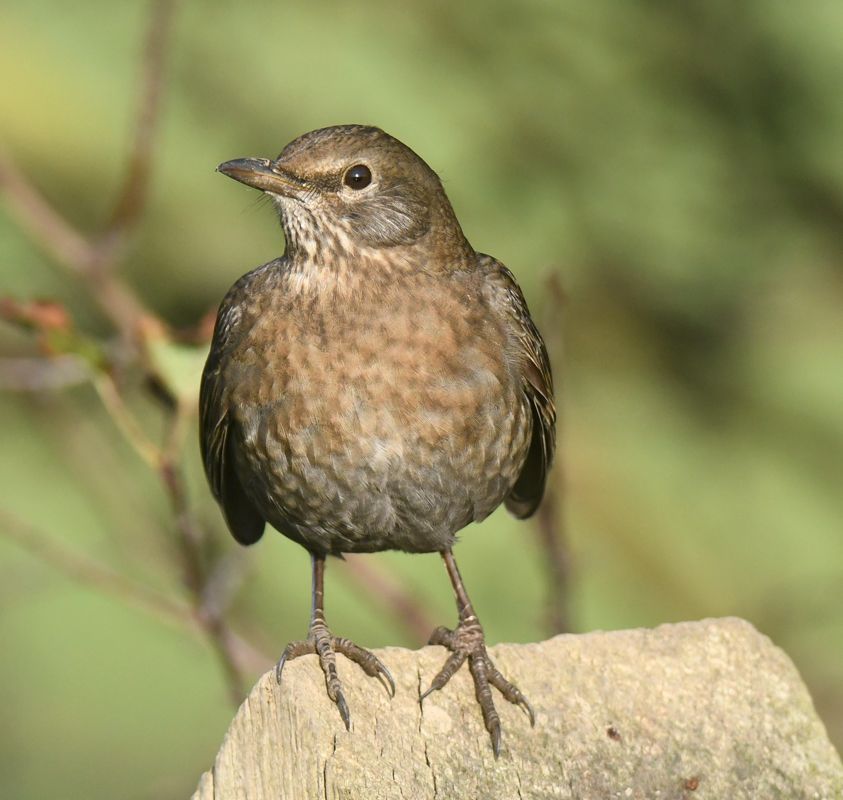
Good Morning All Last week at the club we held a committee meeting, with all committee members in attendance. Harry will once again run the Christmas raffle on our buffet and quiz night, if any member wants to donate a prize, Harry can now accept them, obviously if it's a perishable prize then bringing it in on the night would be better. We are holding a 70th anniversary exhibition next year at the Louth Museum, if any member has local prints that they think may be suitable to put in the exhibition you can bring them to the club any time now. Derek has done a blog on the night with more information. This week, Wednesday 3rd December, we are viewing the LPA mono groups presentation, Dave Turner is a member of the group and will talk us through what the group do and if time allows show us some of his own mono prints. Don't forget to bring your prints along this week for the print competition, with the categories "People" and "Open", to be held the following week, email your titles to Dave Turner in advance please. Regards Graham

We held a Committee meeting last night in place of a regular meeting. The Committee meets twice a year to discuss items pertinent to effective, and smooth running of our Society. The Society celebrates 70 years of continuous operation next year, and we intend to show an exhibition of photographs taken over those years at the Louth Museum. The LPA Battles print competition will be held next year, and consists of 3 rounds held at photographic clubs throughout Lincolnshire, with a final round held at Nettleham. Louth has been drawn to meet with camera clubs in Grantham, and Axholme, and as you can understand this will entail a far amount of travelling. There is a proposal to the LPA which is currently under consideration which would reduce each club entry to 10 prints and for the whole competition to be held at Nettleham in 2027. Our current annual project is “Prime Time”, that is one photo for each month of the year taken with a fixed focal length lens, a prime lens, my choice for this year has been a 45mm lens, which is a full frame 90mm lens. Members show their annual project photos in the January of the following year. The Committee has decided on the project theme for next year as “Water”, which should give members a chance to demonstrate some creativity, as can be seen from the attached image. Our Christmas social event will be held on the 17th December, a buffet will be provided, there will be a quiz, and a raffle, the door entry charge will be £3 for the evening.

Good Morning All Last week at the club we held our PDI of the year, it was a well-attended event and thanks to Harry's organisation skills it all ran very well. Congratulations go to all the subject winners: Pictorial, Harry Kerman, Record, Dave Evans, Portrait, Derek Smith, Photojournalism, David Evans, Landscape, Dave Turner and Natural History, Graham Harrison. The overall winner was Harry Kerman. Well done Harry a great photograph of a White Cosmos. All the top three in each subject are on our website Competition page. Don't forget if you are entering the December print competition, with the categories of "People" and "Open" send your titles to Dave Turner please. The prints need bringing in a week on Wednesday. This week, Wednesday 26th November, we are holding a committee meeting, committee members only for this one please. For newer members we hold two committee meetings a year to organise events and the smooth running of the club. Regards Graham

Last night we held our PDIOTY (PDI of the Year) competition, our judge for the evening was Jorg Malinowski. These annual competitions are an opportunity for members to showcase their best images from the year, some of course from the monthly competitions, as such the competition entries were of an extremely high standard. Jorg performed an excellent job of judging the entries, and the results are all on the website Competition page. Congratulations to Harry Kerman for gaining the title of PDI of the Year with his White Cosmos image.

